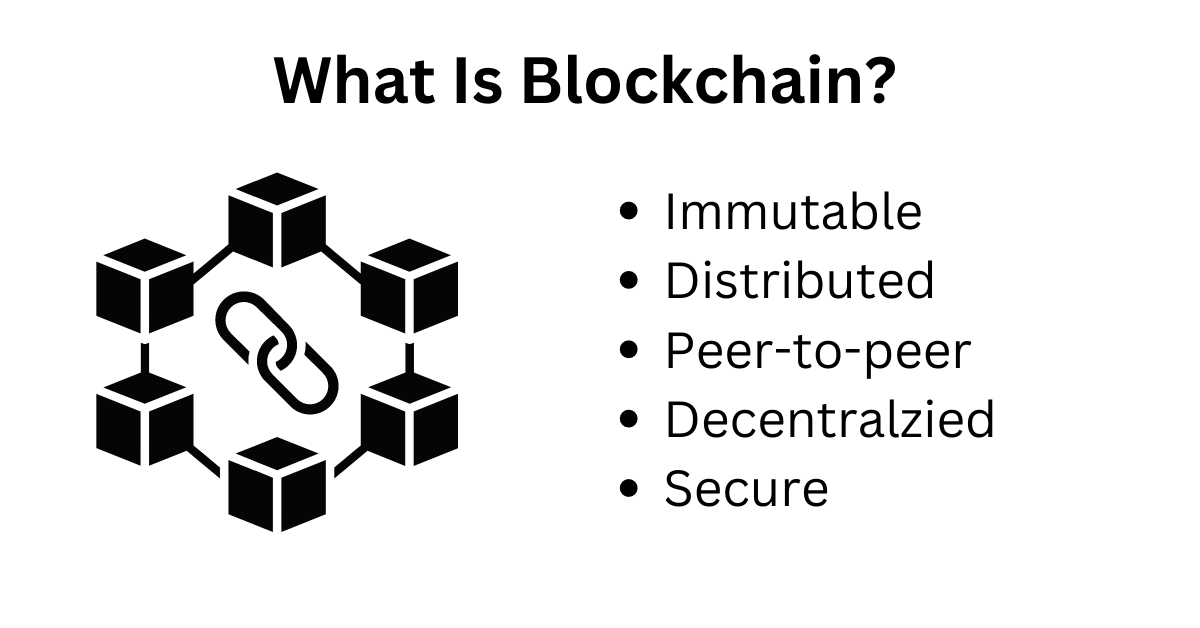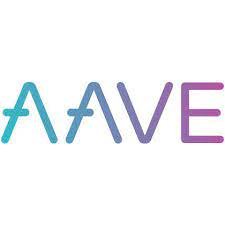The tastycrypto self-custody cryptocurrency wallet is your gateway to all things Web3.
Written by: Mike Martin | Updated September 5, 2024
Reviewed by: Ryan Grace
Fact checked by: Laurence Willows

The world’s financial system is in the nascent stages of being rebuilt. Stake your claim in this fast-growing ecosystem with the tastycrypto wallet.
Decentralized networks and protocols are beginning to challenge the very nature (and necessity) of centralized global financial institutions.
The State of Banking
In order to understand why this system is ripe for an upgrade, let’s run through a few facts about the current state of banking in the US.
Credit card companies charge ~3% every time you swipe
The national average savings rate is 0.13% while the rate for a personal loan for someone with good credit exceeds 15%
It costs $50 to send money internationally, with wait times greater than 2 days
22% of the world is unbanked
Bailing out large financial institutions with your money is acceptable.
Thomas Edison said, quite simply, “There’s a way to do it better – find it.”
We have found a better way to ‘do’ finance, and it is on blockchain.
Before you begin interacting with your new tastycrypto wallet, it is therefore important to have an elementary understanding of how blockchain works.
Let’s get started!
What is Blockchain And How Does It Work?

At its heart, a blockchain is a simple ledger. But this isn’t just any ledger – a blockchain ledger is both immutable and decentralized.
It is immutable in that once a transaction goes into a block, and that block is subsequently added to the ‘chain’, that transaction can never be altered or changed. This security is made possible by the ‘cryptographic’ nature of blockchain. Neither the Bitcoin nor the Ethereum networks have ever been hacked.
Blockchain is decentralized in that no central party has control over the network. In a blockchain, every single node, or user, has a say on the state of the network.
New to crypto? Check out our crypto glossary here!
What Is Ethereum?

Bitcoin was the first blockchain to be widely accepted. This network acts primarily as a store of value, kind of like gold. You can transact with bitcoin, but its main value-add is in its incredibly secure network.
In 2015, Ethereum was launched and brought with it remarkable utility to the crypto space. When you’re interacting with the tastycrypto wallet, you’ll be interacting with the Ethereum network.
Like Bitcoin, Ethereum can both send and receive cryptocurrency. Unlike Bitcoin, however, Ethereum can also store code in the form of “smart contracts”.
These contracts can be used to build programs of all kinds, including decentralized versions of today’s popular applications, such as Amazon, Facebook, and Twitter.
In addition to mirroring popular applications, smart contracts are also being used to re-create our archaic financial institutions.
What is DeFi?

DeFi (decentralized finance) uses smart contracts to remove third parties (banks, exchanges, clearing houses) from the financial system.
These smart contracts are being joined together to recreate and democratize the global financial system as we know it. The best part about DeFi is anyone can participate – the barriers to entry are zero.
In DeFi, there is no paperwork, account minimums, lengthy approval processes, or middlemen of any kind. If you have any amount of crypto, you can put that money to use instantly in DeFi.
All you need to get started is a tastycrypto wallet.
DeFi is Democratized
Blockchain’s decentralized nature allows anyone in the world to participate (assuming crypto isn’t outlawed in your country as it is in China)
Anyone can lend and borrow crypto in DeFi at rates unheard of in CeFi (centralized finance), just as anyone can become their own “market maker” by joining a liquidity pool and earning the rewards that come with this.
DeFi participants from any walk of life can delegate proof-of-stake coins (e.g. ETH) to a protocol and earn yield from otherwise idle crypto, just as anyone can send crypto to someone else anywhere in the world almost instantaneously with fees ranging from a few pennies to a couple of dollars.
What Is A Crypto Wallet?
So how do you access this burgeoning new world of DeFi?
Through a crypto wallet.
The tastycrypto wallet allows you to connect to any one of the thousands of dApps (decentralized applications) currently in existence. In addition to DeFi, a wallet gives you access to NFT marketplaces and games built on blockchain.
A wallet is simply a place to store your crypto ‘keys’. Let’s see what these are next.
What Is A Private And Public Key?
A wallet contains two important keys: a private key and a public key.
A private key is a secret string of digits (similar to a password) that represents ownership over a quantity of cryptocurrency. This key is used to encrypt and decrypt messages.
A public key creates addresses shared across the blockchain and is used for both encryption and decryption.
These two keys are mathematically linked together. You can share your public key, but never reveal your private key to anyone. Though these two keys are mathematically linked, a private key can never be derived from a public key.
What Is A Self-Custodial Wallet?
There are two primary types of wallets: custodial and self-custodial.
With a custodial wallet, an exchange holds your private keys for you. This means that you don’t have direct access to your crypto, so you can’t connect this crypto to a decentralized application. All you can do with exchange-held crypto is hope it goes up in value.
A self-custodial wallet, like the tastycrypto wallet, gives you control over your crypto.
You can connect your tastycrypto wallet to any decentralized application of your choice. Some popular DeFi dApp categories include:
Borrowing and lending dApps
Market-making dApps
Staking dApps
Token swapping dApps
CDP (collateralized debt position) dApps
NFT marketplaces
Gaming dApps
But with great power comes great responsibility.
With self-custodial wallets (such as the tastycrypto wallet), you alone are responsible for maintaining a record of your ‘private key’. At tastycrypto, this private key is represented by a 12-word seed phrase.
***If you lose this phrase, you will lose access to your crypto. Period. End of story.
How Do I Get Crypto Into My tastycrypto Wallet?
If you’re brand new to DeFi, funding your tastycrypto wallet will take a few extra steps.
The Ethereum network operates so smoothly because all of the protocols that run on the network use ERC-20 standard tokens. This standardization of token type allows for interoperability amongst all tokens in the Ethereum ecosystem.
However, the US dollar is not an ERC-20 token.
Therefore, in order to get crypto to your brand-new wallet, you have to take a few extra steps.
Here are three different “funding” options you have:
If you already own crypto on an exchange (e.g. Coinbase or Gemini), simply send the crypto from that exchange to your tastycrypto wallet using the address given to you.
Buy crypto outright via a payment service, such as Wyre.
If you already have crypto with a different wallet provider, you can import that crypto to your tastycrypto wallet address via your seed phrase in minutes.
So after you get some crypto in your wallet, where do you begin?
Let’s start by looking at two of the more popular DeFi Web3 apps in existence today; UniSwap (a liquidity-providing protocol) and Aave (a borrowing and lending protocol).
What is AAVE And How Does It Work?

When you borrow money from a bank, you pay interest; when you lend money, you earn interest.
This traditional banking process, however, is neither transparent nor democratized. Additionally, centralized banking is riddled with paperwork and long waiting periods. Anyone who has taken out a loan or mortgage can testify to this.
Aave is an instantaneous, smart contract-based cryptocurrency borrowing and lending platform available to all. There is no “credit check” in this decentralized platform, nor is there a waiting period. Anyone who has crypto to pledge as collateral can borrow in Aave.
In order to borrow crypto on Aave, you must first deposit crypto as collateral. The amount you deposit must be greater in value than the amount you are able to borrow. This ‘over-collateralization’ help to make the protocol secure. Riskier tokens generally require a higher collateralization ratio.
In order to transact on Aave, all you need to do is visit the protocol’s website, and connect your tastycrypto wallet.
What is Uniswap And How Does it Work

Uniswap is the largest decentralized cryptocurrency exchange in existence. Currently, the exchange has over 6B in total value locked.
Uniswap provides liquidity via smart contracts called “automated market makers” (AMMs). In contrast to traditional market makers, who provide liquidity by buying and selling, these smart contracts pool together cryptocurrency pairs from which traders can buy and sell.
Anyone can become a liquidity provider at Uniswap. All you have to do is supply an equal quantity of two cryptocurrencies, then enter these two digital assets into a “pool”.
When traders buy and sell this particular pair of cryptocurrencies, you receive their fees as a reward. A token, similar to a receipt, is given to liquidity providers which represents their stake in the pool.
To trade on Uniswap or become a market maker, all you need to do is visit the Uniswap website and connect your wallet.

Mike Martin
Mike Martin formerly served as the Head of Content for tastycrypto. Before joining tastycrypto, Michael worked in the active trader divisions of thinkorswim, TD Ameritrade, and Charles Schwab. He also served as a writer and editor for projectfinance.
Michael has been active in the crypto community since 2017. He holds certifications from Duke University in decentralized finance (DeFi) and blockchain technology.
